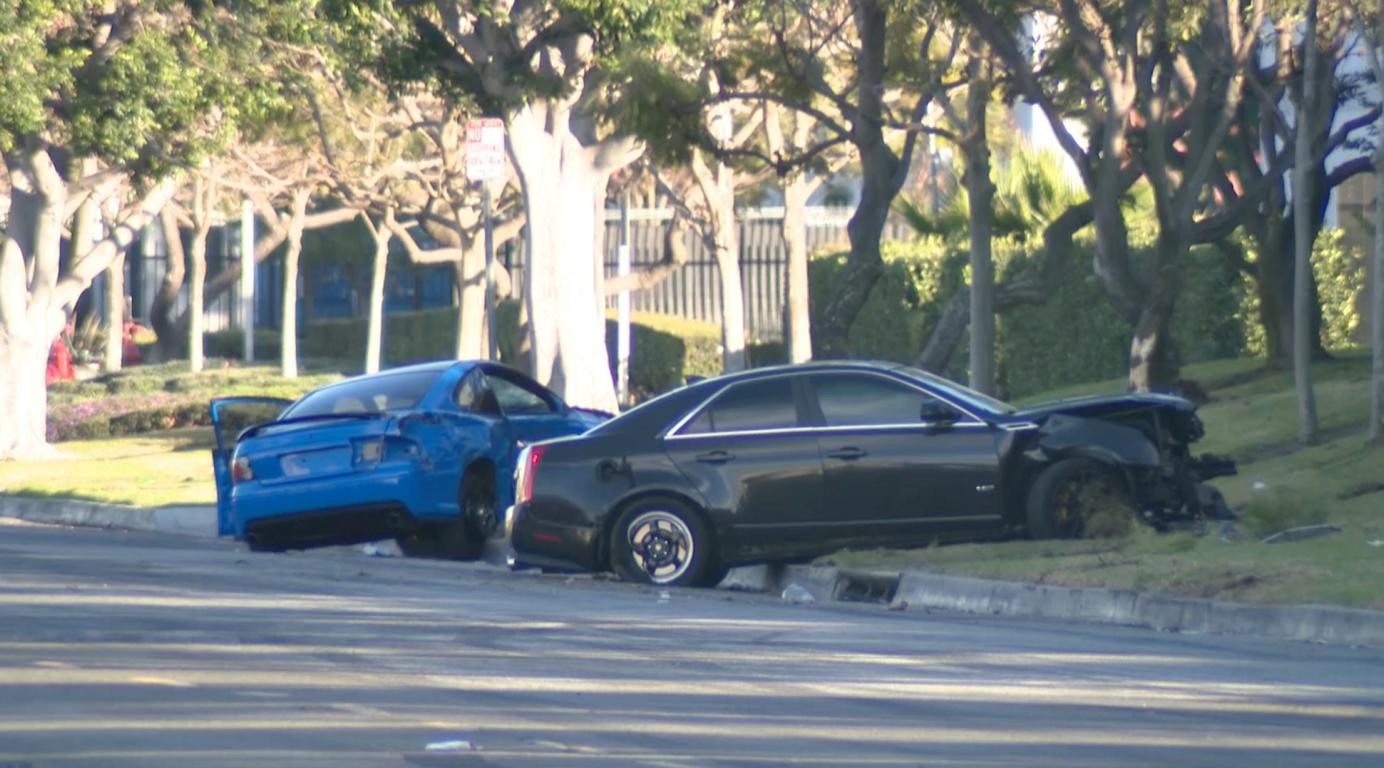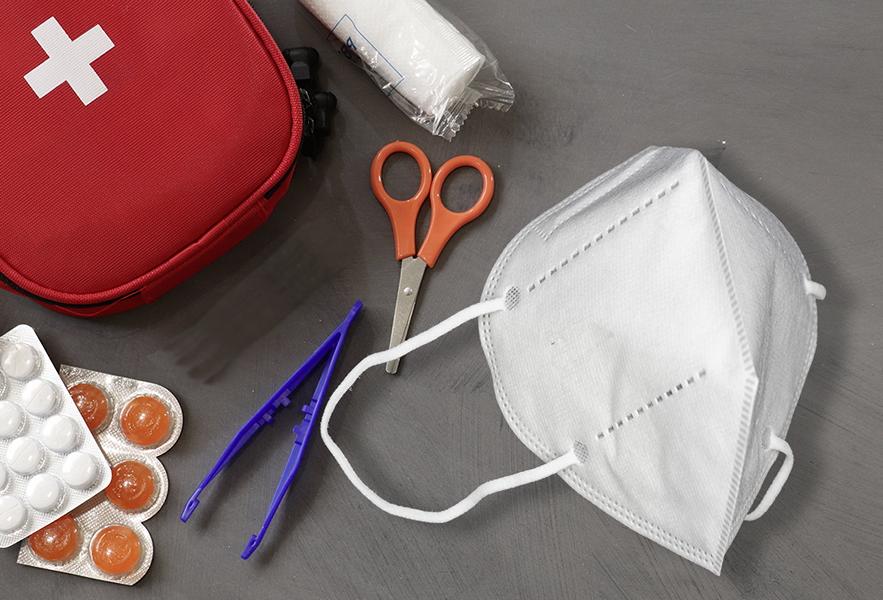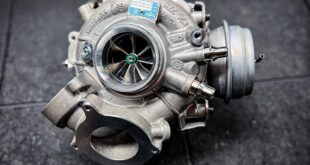Recently updated on March 10, 2023 at 07:44 am
Anyone who has ever been involved in a serious accident, or at least witnessed it, knows how important it is to provide first aid. Every minute counts and can save lives, so it is essentially your own First aid know-how regularly to refresh and not to be idle on site. Any assistance at the scene of an accident can be crucial for injured people and those who regularly refresh their first aid knowledge are certainly not doing anything wrong. On the contrary, only those who don't help make a mistake!
COVID-19 & First Aid
A lot has changed due to COVID-19. Among other things, some first aid measures to contain the increased risk of infection. The following first-aid steps are standard measures, which, however, have been expanded with further recommended protective measures to ensure the safety of everyone involved. The safety of the person helping is always the top priority. the Protection of the scene of the accident and the operation of the emergency call do not require direct contact with those affected and can therefore also be carried out during corona times with a minimum distance of 1,5 meters. In the event that the minimum distance with the victim cannot be maintained, the following points should be considered:
- Always use Gloves
- Always use one Mouth-nose protection
- If you give first aid to an unconscious person, you should check whether the person breathes. In this case, tilt the unconscious person's head backwards (hyperextension of the neck), lift his chin and watch the chest movements. Avoid getting close to the victim's face and airflow. No need.
- If the unconscious person is not breathing or is not breathing properly, a revival be initiated. As before Corona times, the Mouth-to-mouth or mouth-to-nose resuscitation (Breath donation) but unnecessary. It is far more important to have one continuous to initiate chest compressions. You should cover the affected person's nose and mouth with a cloth or a mouth and nose protector.
- Assure yourself advance always that they endanger nobody! Try to get an idea of what happened and to assess and weigh up all possible dangers.
Protection of the scene of the accident
- Hazard lights turn on
- Avoid you suddenly brake or reverse on the freeway
- vehicle always with you Safety distance to the scene of the accident and always park on the extreme right-hand side of the road or on the hard shoulder
- Safety vest anziehen
- Always let passengers exit on the side away from traffic
- warning triangle, First aid kit and take your mobile phone out of the car
- Warning triangle at the required distance set up in front of the scene of the accident. In addition, with the unfolded warning triangle, the traffic run against. At best, move behind the crash barrier or at the very edge of the road
- Other drivers to warn and hand signals to drive slowly
This is how you get the accident victim safely out of the danger zone! If the accident victim is in mortal danger, pull him with the Rescue handle (Rautek rescue handle) from the crashed vehicle. But always make sure you don't put yourself in danger.
- Open the vehicle door and talk to/observe the accident victim
- Turn off the car and unbuckle the seat belt
- If the airbag has not deployed, avoid it be sure Holding your head between the victim's body and the dashboard
- Make sure the victim's feet are not trapped
- Grab the victim from the outside at the height of the seat and turn his back to you
- Place one of the victim's forearms in front of their own abdomen
- Now reach your hands through the affected person's armpits and grasp his forearm in a monkey grip
- They then drag the accident victim from the seat of the vehicle to a safe place
Press the emergency call. Call XNUMX or have someone do it for you as soon as possible. To do this, select Europe-wide 112 and pass on the following information:
- accident site!
- pass through what's happened!
- Quantity of the affected people!
- Information about existing injuries or illnesses!
- Then wait questions the control center!
- Point out any Dangerous goods out if the case!
- Check the breathing the victim!
- Tell if the victim on loud Speak to reacted!
- Tell if the victim is on Shake reacted on the shoulder!
For an unconscious victim wearing a helmet, you should careful lose weight!
- Free them respiratory tract the victim. To do this, tilt your head back and lift your chin at the same time.
- Check if the thorax of the unconscious rises and falls.
- To check for breath sounds, place your ear close to the victim's mouth and nose.
- You can use your cheek to check whether the affected person is emitting streams of air.
If the victim is unconscious but breathing normally (2-3 times in 10 seconds), you can place him in the recovery position:
- The victim's arm facing you angled upwards place.
- The hand of the second arm place the back of your hand on the unconscious person's cheek facing you and hold it.
- Grab the victim's thigh farthest from you, bend the leg and hold the victim turn towards you.
- The upper leg so that the victim's thigh is perpendicular to the hip.
- The unconscious man's head backwards incline and mouth slightly öffnen.
- If necessary, correct the hand that is under the cheek so that the victim's head is always remains tilted backwards and face down.
- You should be breathing the victim regularly check.
- If respiratory arrest or irregular breathing occurs, get the victim to the Supine position bring and begin resuscitation efforts.
resuscitation measures of an unconscious person
If the casualty is unconscious and not breathing or not breathing regularly, you must cardiopulmonary resuscitation, also called resuscitation. With that one minimal circuit be maintained. If you haven't made an emergency call yet, you should in do the resuscitation measures. If an automated external defibrillator (AED) is available, have someone bring it to you immediately. You must focus directly on CPR and not by looking for one defibrillator interrupt.
Adult resuscitation measures:
- Kneel next to the victim's chest.
- Place your palms on top of each other and place them in the middle of the chest (between the nipples) of the victim.
- Now you lead 30 chest compressions by: To do this, press the sternum firmly and quickly five to six centimeters down with your outstretched arms. After each pressure surge again fully relieve. The speed should be 100 to 120 times per minute.
- By hitting the head of the accident victim lean back and lift your chin, clear his airway.
- The victim's nose to keep and his mouth with his chin raised öffnen.
- Now take a breath and lay down Her lips tight around the unconscious man's mouth.
- For a second a steady breath rescue give to raise the victim's chest.
- Repeat the process once the rib cage is open lowers.
- The resuscitation measures (30 chest compressions, two ventilation attempts) continue for so longuntil the victim is breathing again or emergency services arrive.
- Those who are unfamiliar with mouth-to-mouth resuscitation (or feel unable to do so) are best at leading consistently only the chest compressions until the victim is breathing again or the emergency services arrive.
- If you also have the option of using a defibrillator, use it as soon as it is available to you. However, a cardiac massage remains the most important help when using the defibrillator. Hence the massage if possible not when attaching disconnect the AED electrodes.
- To operate the AED, always follow the instructions provided with the device.
Insurance and first aid law
If you try to help with good intentions, you have nothing to fear! Nobody liable for any failure to provide first aid. Even if the state of health of the accident victim deteriorates or even the death of the accident victim occurs, the first responder always makes a difference not punishable, if the assistance was carried out according to his abilities and the circumstances. If the correct knowledge and first aid practices are missing, then this cannot become a problem for the rescuer. But who grossly negligent or intentionally damaging acts can be used for damages. And, of course, failure to provide assistance is punishable by law. According to Section 323c of the Criminal Code (StGB), there is a risk of criminal prosecution fine or imprisonment of up to one year.
It should put nobody in danger, but securing the scene of the accident and making the emergency call is reasonable for everyone. If first aiders are injured while providing assistance, they are accident insurance. Property damage, for example, is reimbursed if property, such as a watch, clothing, etc., is damaged during the assistance. It is assumed that the first aid measures correspond to the will and interests of the injured person. Since every first aider is legally protected by the statutory accident insurance during the provision of assistance, he can also assert his claims for damages from the responsible statutory accident insurance institution and not only from the accident victim.
Note: The content of this blog post has been researched as best as possible. Nevertheless, all information is without guarantee.
Of course, that wasn't the end of it!
tuningblog has countless other articles on the subject of car and auto tuning in stock. Do you want to see them all? Just click HERE and look around. In part, we would like to provide you with news but also off the tuning. In our category Tips, products, information & Co We have reviews of car or accessories manufacturers, new ones Tuning Wiki Terms or one or the other Leak veröffentlicht. Just click on one of the following posts!
other related posts
|
From the BMW 335d to the M3 opponent using a hybrid turbo system? |
|
 tuningblog.eu Your magazine about tuning the car
tuningblog.eu Your magazine about tuning the car





